To become a technical writer, you need a specific blend of interests and preferences.
That’s because technical writers combine abilities that we often think of as contrary to each other—writing and technical knowledge.
However, the demand for technical writers increases alongside the role of technology in many industries.
Plenty of companies need skillful writers who can translate complex concepts into approachable text.
But what does it take to become a great technical writer?
Keep reading, and you’ll find out!
Build a Solid Academic Foundation
To become a great technical writer, you need a good foundation of knowledge, skills, and experience.
Although you can obtain the last two elements in various ways, the most common way of effectively acquiring relevant knowledge is through academic education.
However, is a degree necessary for becoming a technical writer?
Josh Fechter, a technical writing expert and founder of Squibler, agrees that you can get by without a college degree, but some are undoubtedly beneficial.

Source: Archbee
If you think about it, it makes sense. For instance, a degree in English confirms your strong language skills.
On the other hand, a Computer Science degree shows that you have a deep understanding of the field you want to write in.
Furthermore, some employers require specific college education from their technical writers.
Here’s what Google demands:
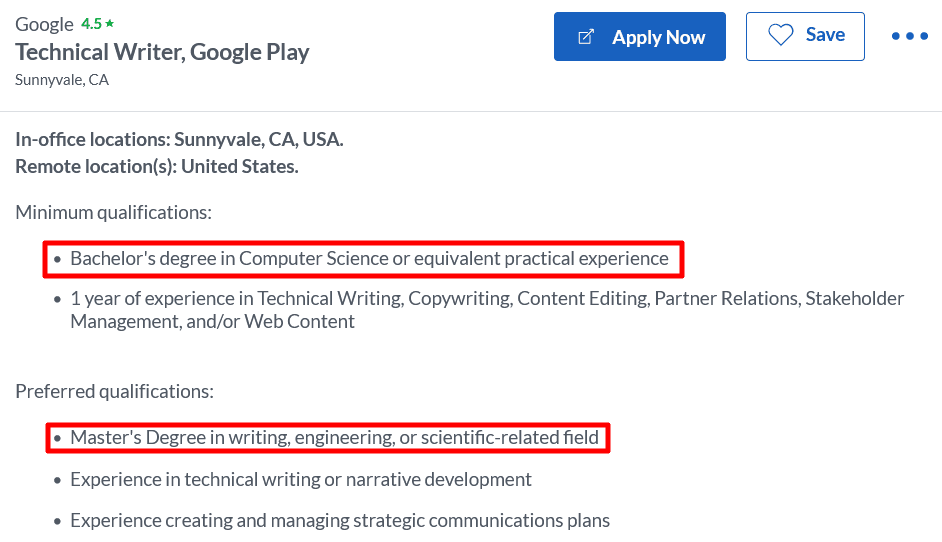
Source: Glassdoor
As you can see, a Bachelor’s degree in Computer Science is the most basic requirement for applying for that job.
Others might not have such high demand, but most still require a degree, like The Getch.
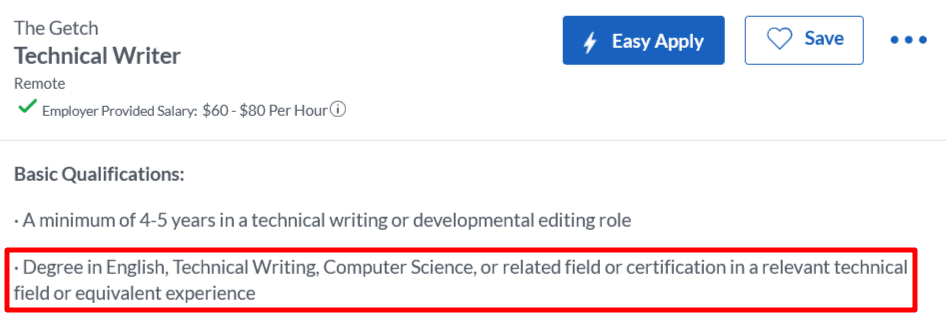
Source: Glassdoor
And most technical writers have an academic background—that’s what a 2021 survey from Write the Docs indicates.
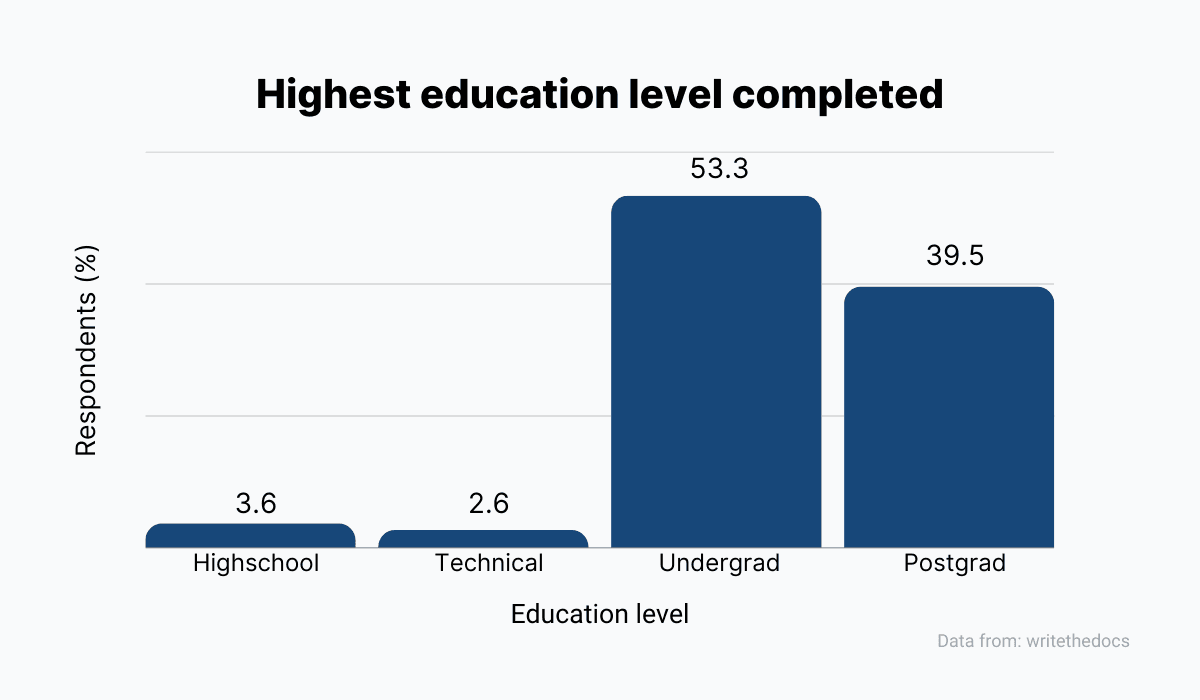
Source: Archbee
As you can see, nearly 93% of technical writers have some college-level education.
To build an academic foundation, you can look for universities that offer technical writing programs.
Many of them have online classes, so it doesn’t matter where you live—all you need is an internet connection and money for tuition.
For example, Indiana University’s English BA program emphasizes technical and professional writing.

Source: online.iu
The program description explicitly states that it prepares you for, among others, a career as a technical writer.
Besides university degrees, you can also acquire certification. It might not have the same weight as a Bachelor’s degree, but it’s nevertheless a confirmation of your competence.
For instance, the Society of Technical Communication offers Foundation, Practitioner, and Expert certificates.
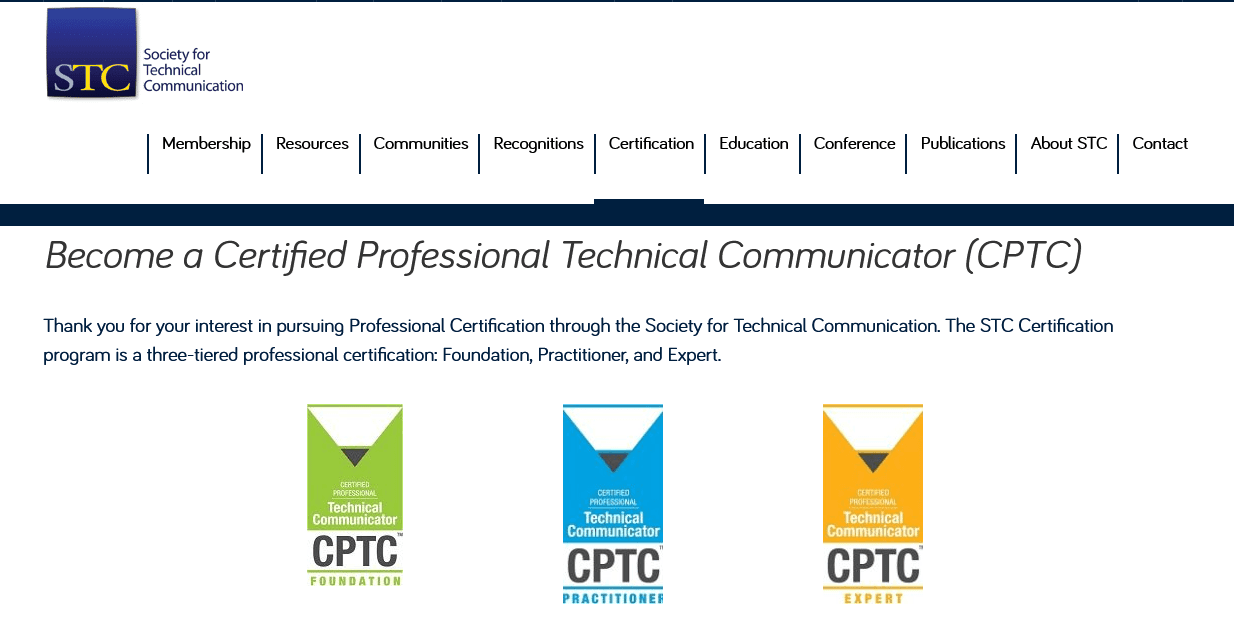
Source: stc
The truth is, whatever you do in life, it’s far more challenging if you don’t have a solid foundation.
It’s the same with becoming a great technical writer. The education you can get through academic sources can be essential in moving forward in your career.
Start Consuming Technical Content
Building a strong academic foundation can be very beneficial, but the learning shouldn’t stop there.
To get closer to technical writing greatness, you should immerse yourself in technical content.
Whether you aim to work as a technical writer in software development, cybersecurity, or any other industries that employ them, you should understand what you write about.
And understanding the subject matter is the bare minimum, according to Josh Fechter.
As he puts it, you need expert-level industry knowledge to be a great technical writer.
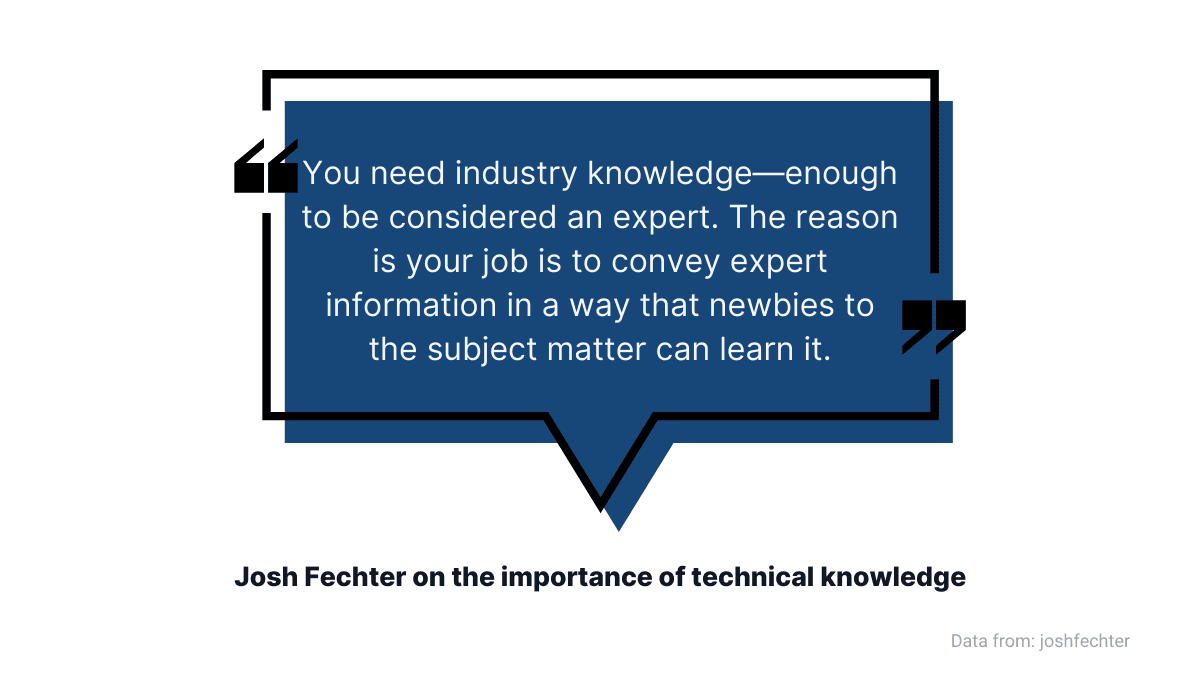
Source: Archbee
In other words, you can’t explain complex concepts and information to the reader if you don’t know enough about them.
So, how can you start building your industry knowledge? As we mentioned—by consuming relevant technical content.
Let’s say you want to write for software engineering, software development, or another adjacent industry.
You can find a wealth of information about them in various resources. For example, Hashnode is a blogging platform for developers, engineers, and other tech influencers.
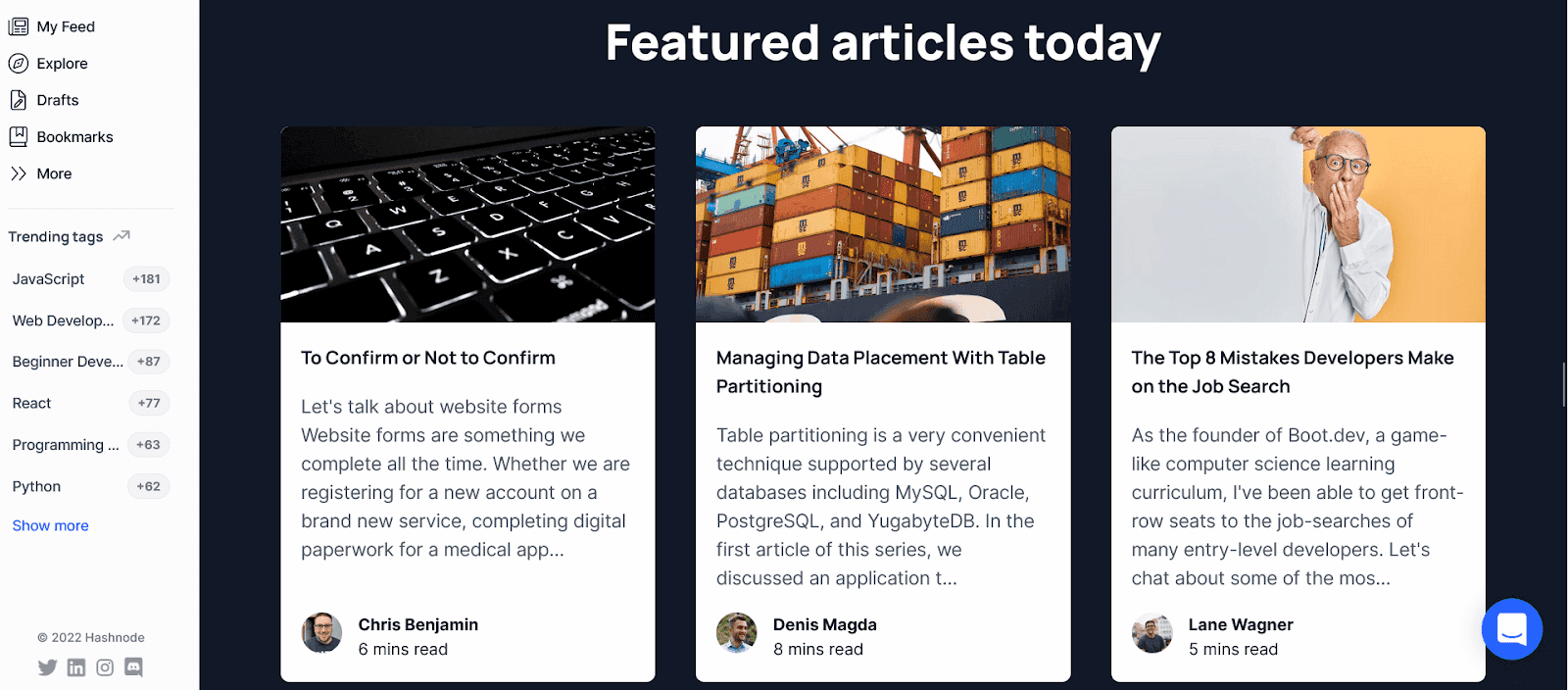
Source: Hashnode
Its many contributors cover all kinds of tech-related topics, so you can easily find something to immerse yourself in.
Freecodecamp is another valuable resource if you want to read about a wide range of technical topics.
It’s primarily a resource for learning how to code, but it also has a rich article section filled with content from industry bloggers that write for them.
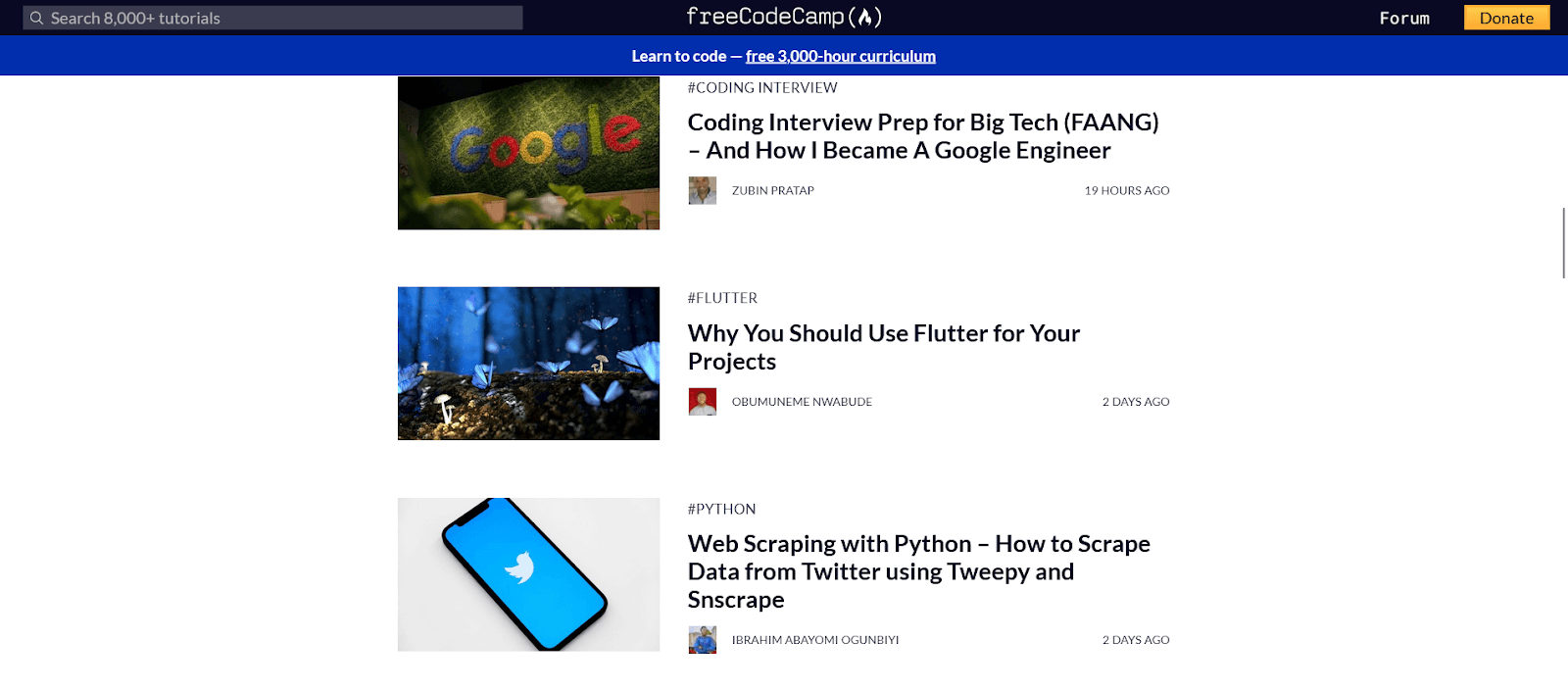
Source: Freecodecamp
All of that content can be overwhelming.
After all, everyone has a limited amount of time in the day, and it can be challenging to figure out what content is worth reading from thousands of articles online.
If that’s the case, you can turn to classic sources of knowledge—books.
What would be most beneficial for you to read depends on your interests and ambitions.
For example, if you want to know more about JavaScript, “You Don’t Know JS” by Kyle Simpson is regarded as a great resource.
And the best part? The first edition of this book series is available on Github for free.
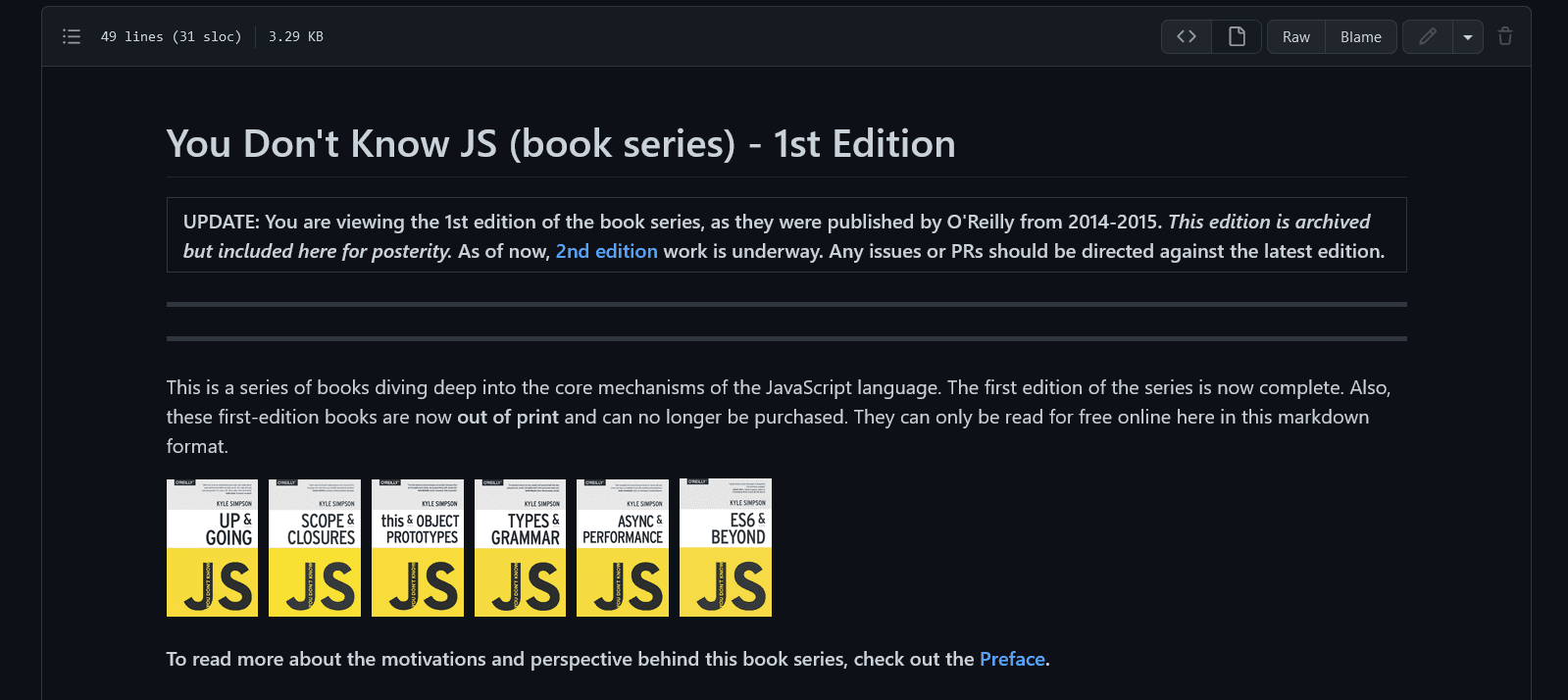
Source: Github
Reading technical content is vital for keeping up with the trends, discovering your interests, and becoming more knowledgeable.
After all, you probably know that saying attributed to Mark Twain—write what you know. The more technical knowledge you have, the better your writing will be.
Brush Up on Your Skills
Being a technical writer requires a diverse set of skills.
Being a great technical writer requires you to take care of those skills— work on them, improve them, and make them your most valuable asset.
We could make a whole article about skills a technical writer should have (and we have!), but let’s examine what you can focus on to make the most difference, especially if you brush up on your knowledge regularly.
First of all—writing. And not just putting words on a paper. Technical writing should be purposeful, as William Zinsser advises.

Source: Archbee
And while Zinsser gave that advice to all writers, technical writer Kesi Parker narrowed it down to developing a skill of precise and stripped-down technical writing style.
“The technical writing language should be clear without metaphors, epithets or other figures of speech.”
You can use helpful resources available online to brush up on those skills and the writing style.
For instance, Write the Docs, a global documentation community, has a comprehensive guide on technical documentation.
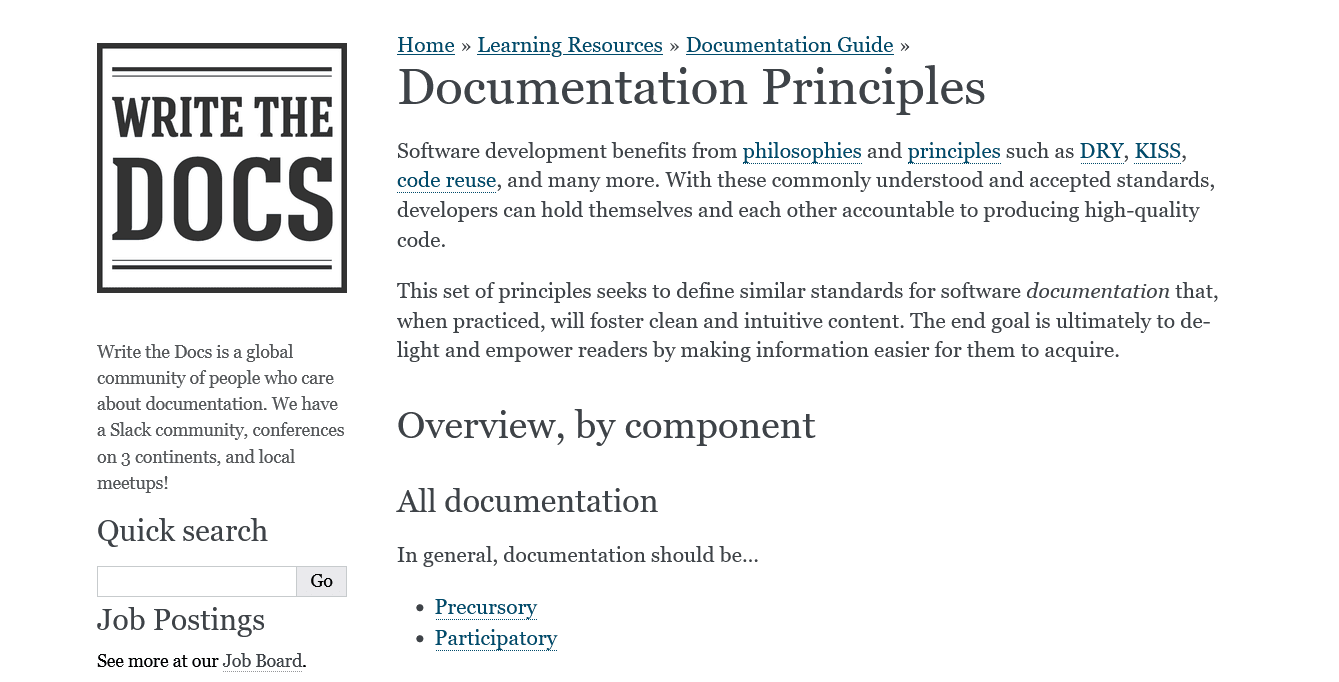
Source: writethedocs
The Chicago Manual of Style can be very handy if you want a classic style guide that has served writers for many years.
More specifically for technical writers, the Microsoft Manual of Style is a resource many documentation professionals turn to.
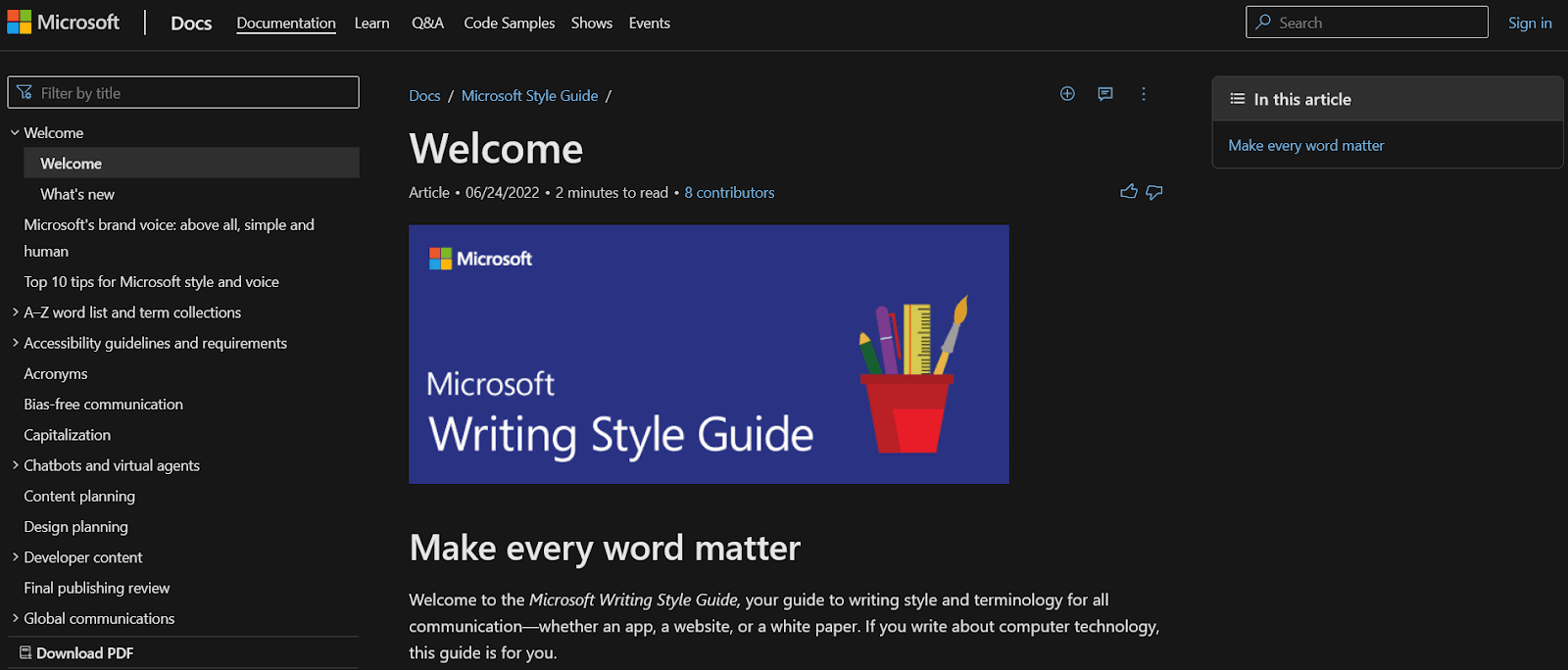
Source: docs.microsoft
Besides writing, you can improve many other vital skills like researching subject matter, editing, and keeping organized by mastering the skill of using technical tools.
What do we mean by that? As you know, great technical writers can’t rely only on their keyboard and computer screen. There are many tools that can make their whole workflow better.
For example, Dappa Dan described his writing tech stack in an article on Hashnode. For research, he uses Raindrop for organizing bookmarks by topics and tags.
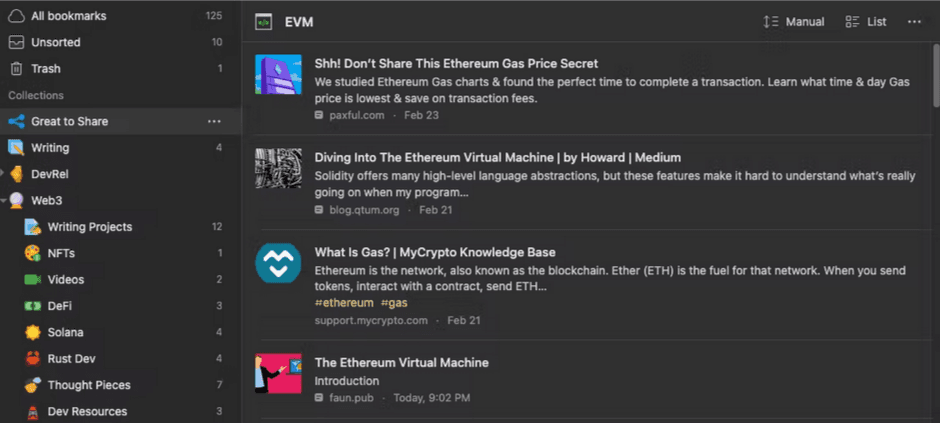
Source: dappadan.hashnode
When he reads collected resources, he uses a highlighter tool in the Command browser, and Readwise collects those highlights.
For writing, he uses Obsidian, and for editing, Grammarly.
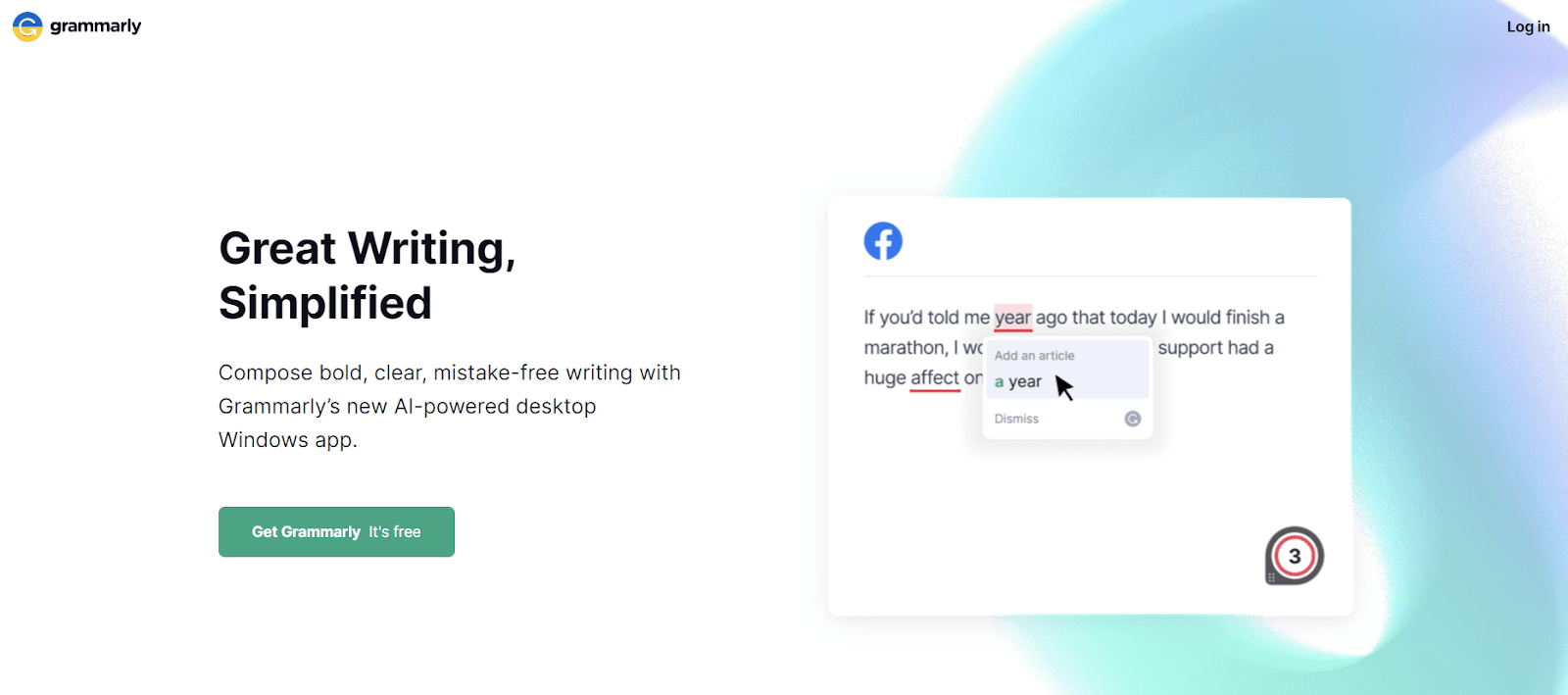
Source: Grammarly
Of course, you can use completely different tools, as long as they help you with the essential technical writing skills we mentioned.
One of those tools can also be Archbee. Archbee is a powerful tool for building technical documentation with many features that can enhance your skills.
For instance, the software can help you with your research. Archbee is an excellent tool for building a knowledge base, so you have all the information in one place.
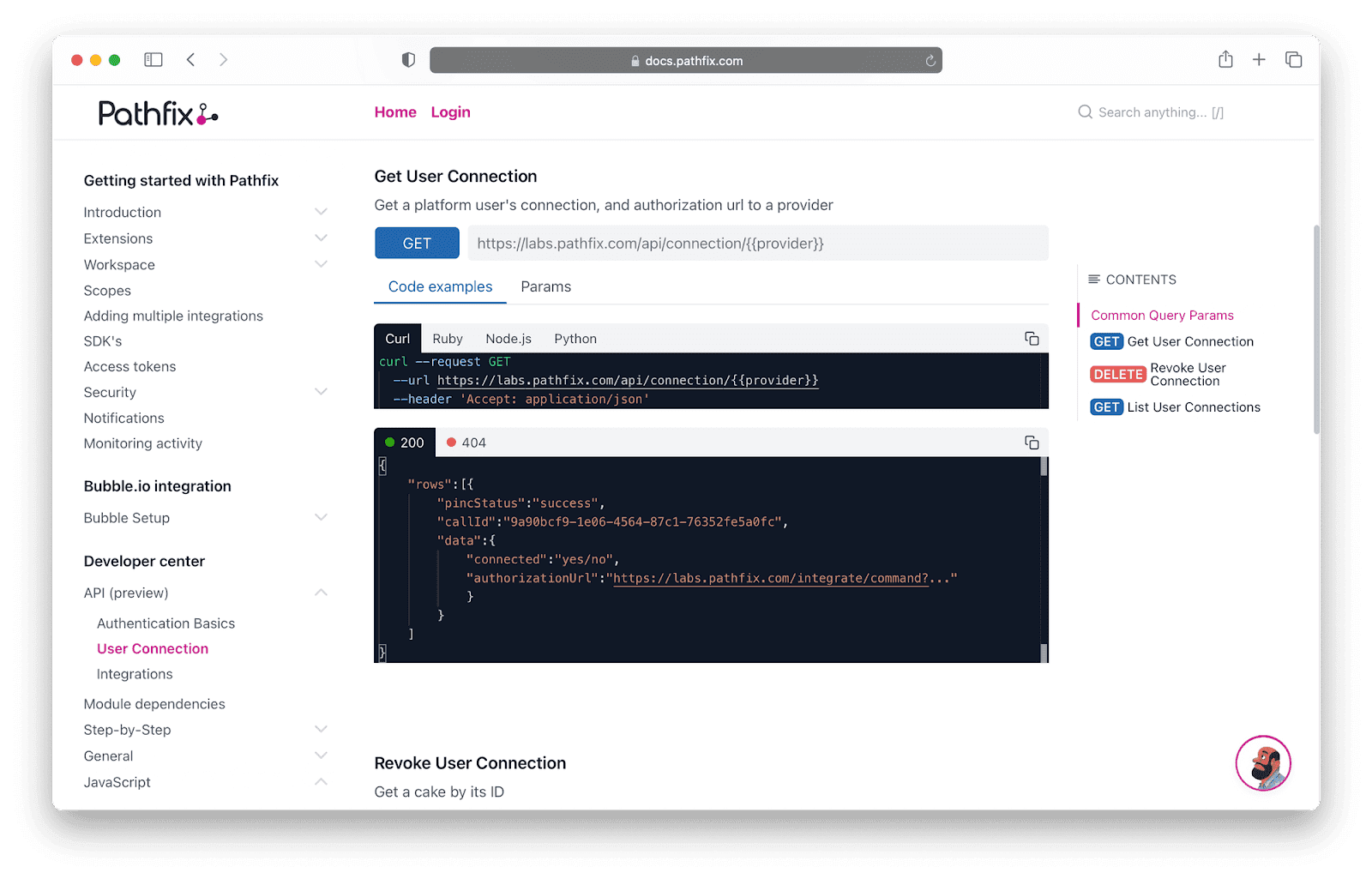
Source: Archbee
As you can see in the example above, you can sort the information into categories, the content is searchable, and you can build a solid repository of information that you can use at any time.
When you’re confident in your skills as a technical writer, you can start to create content. Let’s see how to do that in the next section.
Build Your Portfolio
All the knowledge and all the skills you have won’t matter much if you don’t put them into practice. That’s why it’s important to start writing and build your portfolio.
A portfolio is often crucial in building a career in technical writing—if you put yourself in an employer’s shoes, would you choose a candidate with just a good resume or one with examples of their published writing?
Tom Johnson, a Senior Technical Writer at Google, points that out, too.
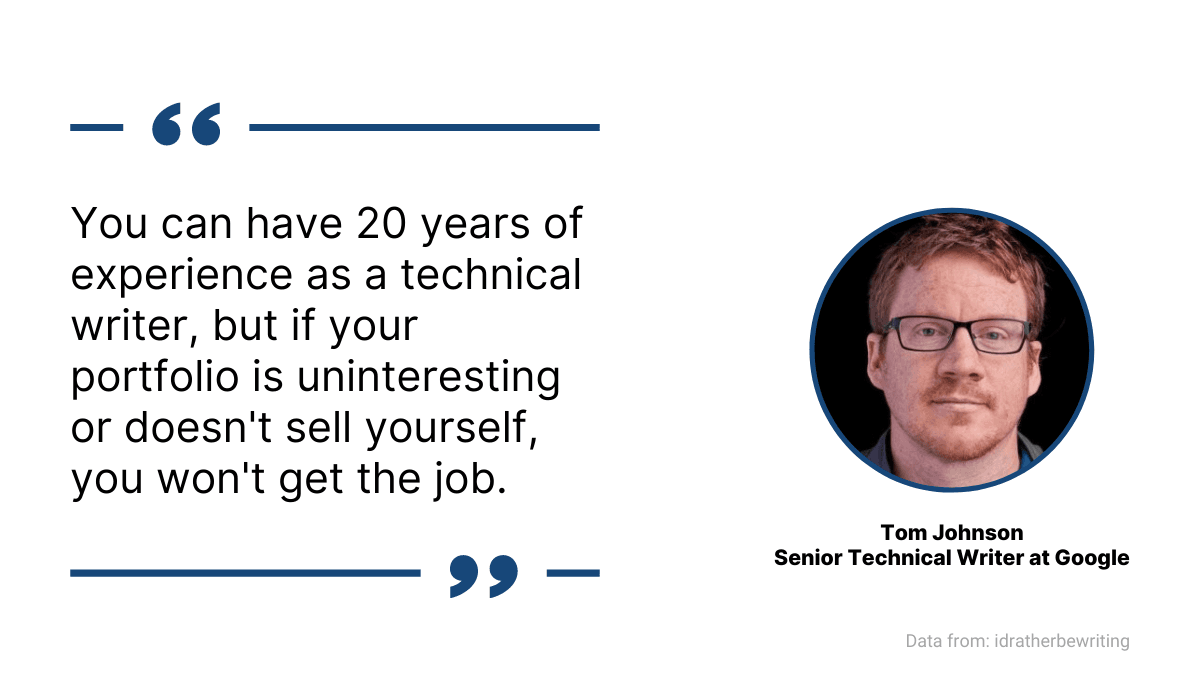
Source: Archbee
So, where can you publish your writing?
One way is to start blogging. That’s a great way to practice writing, but also to show that you are interested in it and willing to put yourself out there.
While you can set up your personal blog, the less time-consuming option is publishing on platforms like Hashnode, Dev.to, or Medium.
For example, Dev.to is a developer community, but many technical writers publish their articles on various topics there.

Source: Dev.to
Another great way to create some material for your portfolio is to contribute to open-source projects.
Many of them need help with documentation, and that can be a valuable experience.
For instance, Mozilla is constantly looking for contributors for their Knowledge Base.

Source: Support.mozilla
Once you publish some work, it’s time to make it shine in a good portfolio.
Linda Ikechukwu, developer and technical writer, advises having at least three to five samples in it and following these guidelines:
- Show your best work
- Present different types of writing
- Showcase samples relevant to the niche you want to work in
- Keep your samples brief
Let’s take a look at an example of a good portfolio.
Rolando Montecalvo, a Cambodia-based freelance writer, has a versatile portfolio that includes three samples of technical writing.
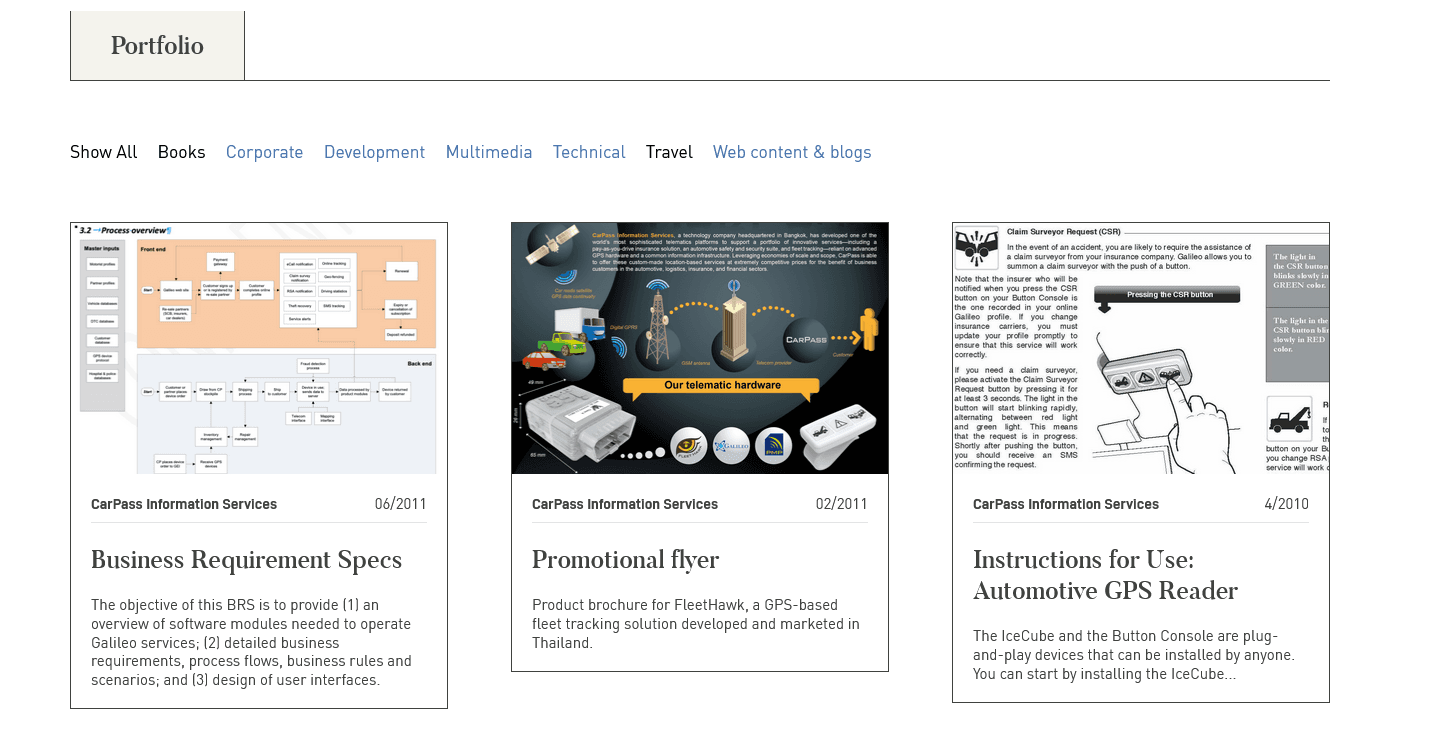
Source: Clippings
As you can see, he chose business requirement specs, a promotional flyer, and an instructions manual.
He didn’t include too many samples—they are brief, or at least have a short description, and represent different types of writing.
Once you start publishing and building your portfolio, it’s time to work on connections with potential employers. In the next section, we’ll see how to do that.
Build Up Your Professional Network
Publishing your technical writing is just a part of building your presence in the industry. Connecting with other professionals is the other big piece of that puzzle.
Creating a professional network includes getting in contact with other technical writers, people from the industry you write about, potential clients, managers, etc.—in short, anyone who can help you build a career as a technical writer.
And one of the ways to do that is by utilizing the possibilities of LinkedIn.
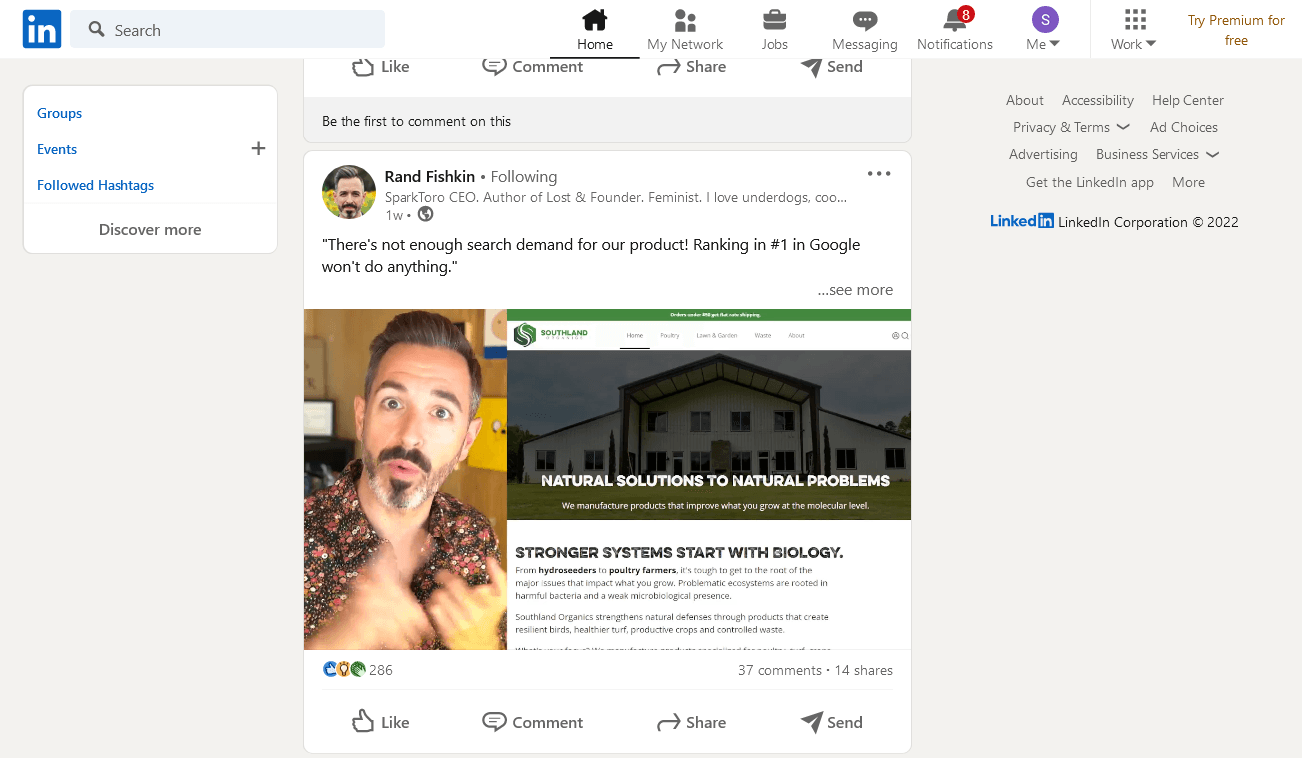
Source: LinkedIn
LinkedIn is the world’s largest professional network on the internet, the go-to place for professionals of all industries.
By creating a profile, you present yourself to other LinkedIn users, which means you can emphasize your affinity for technical writing.
Although a profile picture, description, and other parts of your profile are important, according to a LinkedIn poll, a good headline is essential.

Source: Archbee
A headline is where you have the chance to get the attention of other users and briefly describe what you do.
For example, you should say that you’re a technical writer and list some of your skills. You can always offer more information in your profile.
Take a look at the example below:
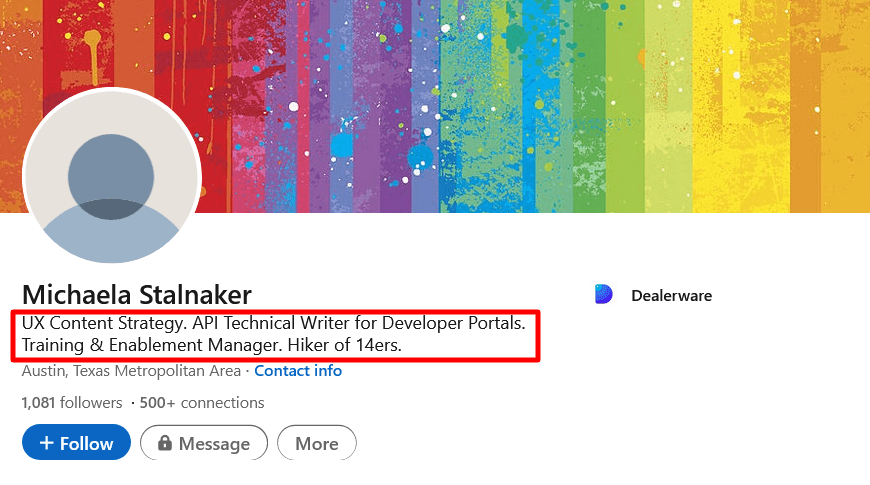
Source: LinkedIn
If you come across that profile, you immediately know from the headline what that person does, what their particular areas of expertise include, and even a personal hobby that helps set them apart.
But the internet isn’t the only way to connect with people from the industry. Another great way is to attend conferences.
Conferences are opportunities to make connections and build your network—you should consider having your resume and portfolio ready.
Lately, many conferences are held entirely or partly online, like MEGAcomm. However, there are still plenty of in-person conferences to attend, like the soap! conference in Poland.

Source: Soap technical communication on Facebook
However you choose to connect with other professionals, it will benefit your chances of building a career.
With people knowing your name and your work, you’ll likely get a technical writing job easier—and more on that in the next section.
Apply for Open Technical Writing Jobs
When the time comes to apply for technical writing jobs, you should be prepared.
First of all, you should have a solid resume.
There is plenty of advice on creating a strong technical writing resume—you can check out examples from Indeed or watch the video below that breaks it down.
Source: Technical Writer HQ on YouTube
In short, a good resume showcases a candidate’s specific accomplishments and skills, lists work experience relevant to the job and brings up the technical tools the candidate is familiar with.
Karen Rempel, an experienced technical writer, has a resume which you can see on her website.
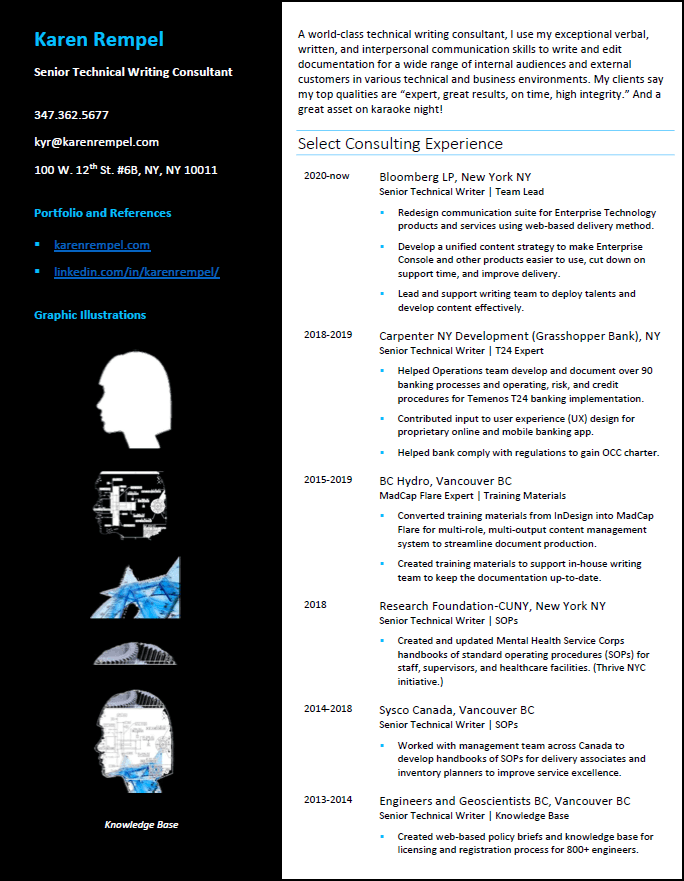
Source: karenrempel
As you can see, she has an intro where she presents her qualities, lists the projects she worked on, and describes her contributions in detail.
There’s also a link to her portfolio, which is another essential element you should have, as we discussed in the previous section.
Another thing to pay attention to when writing a resume is that you use the right keywords.
Bob Watson, a Senior Technical Writer at Google, explains that many companies use Automated Tracking Systems (ATS) that filter out resumes that don’t have keywords relevant to the job.

Source: Quora
In short, ATS can assess how well the content from your resume matches the job description so that recruiters don’t have to read every resume they get.
The best way to get past it is to ensure that you mention the job title and hard skills multiple times throughout the resume.
Below, you can see what that looks like on the example of a resume for a marketing position.
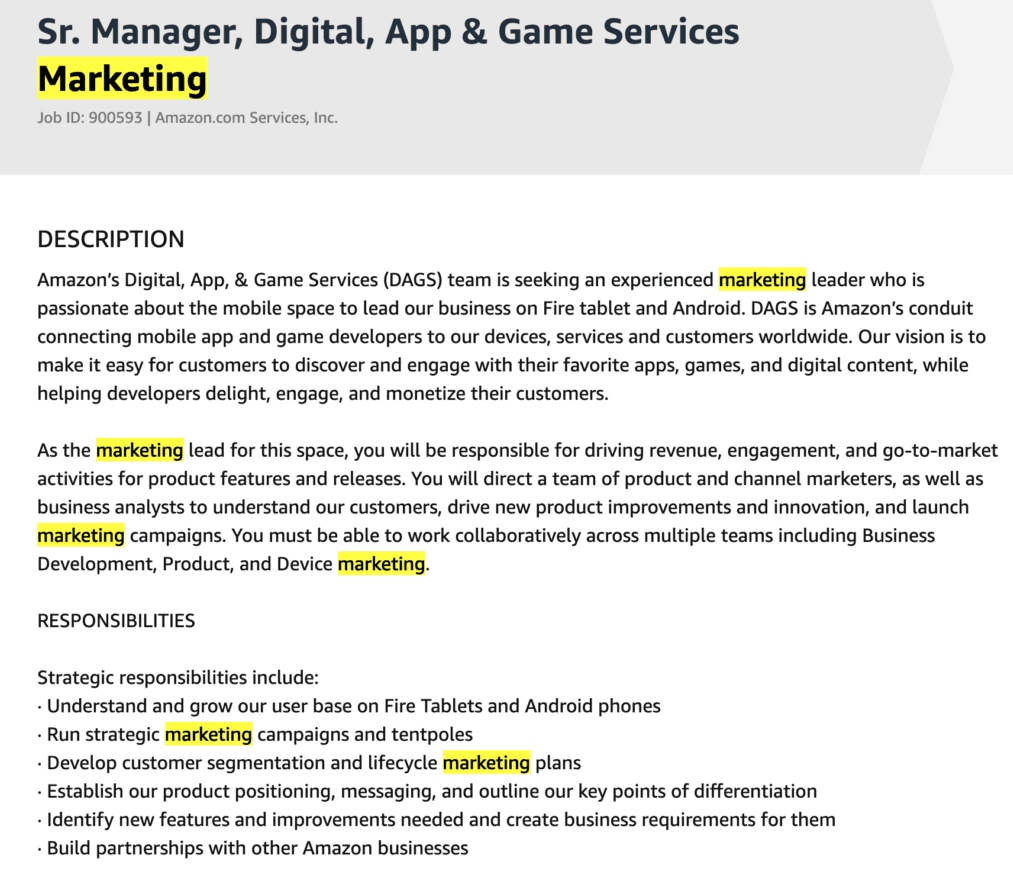
Source: Jobscan
When you prepare your resume and a portfolio, there are multiple places you can apply to technical writing jobs.
You can search for them on websites for freelancers like Upwork, which has hundreds of jobs posted.
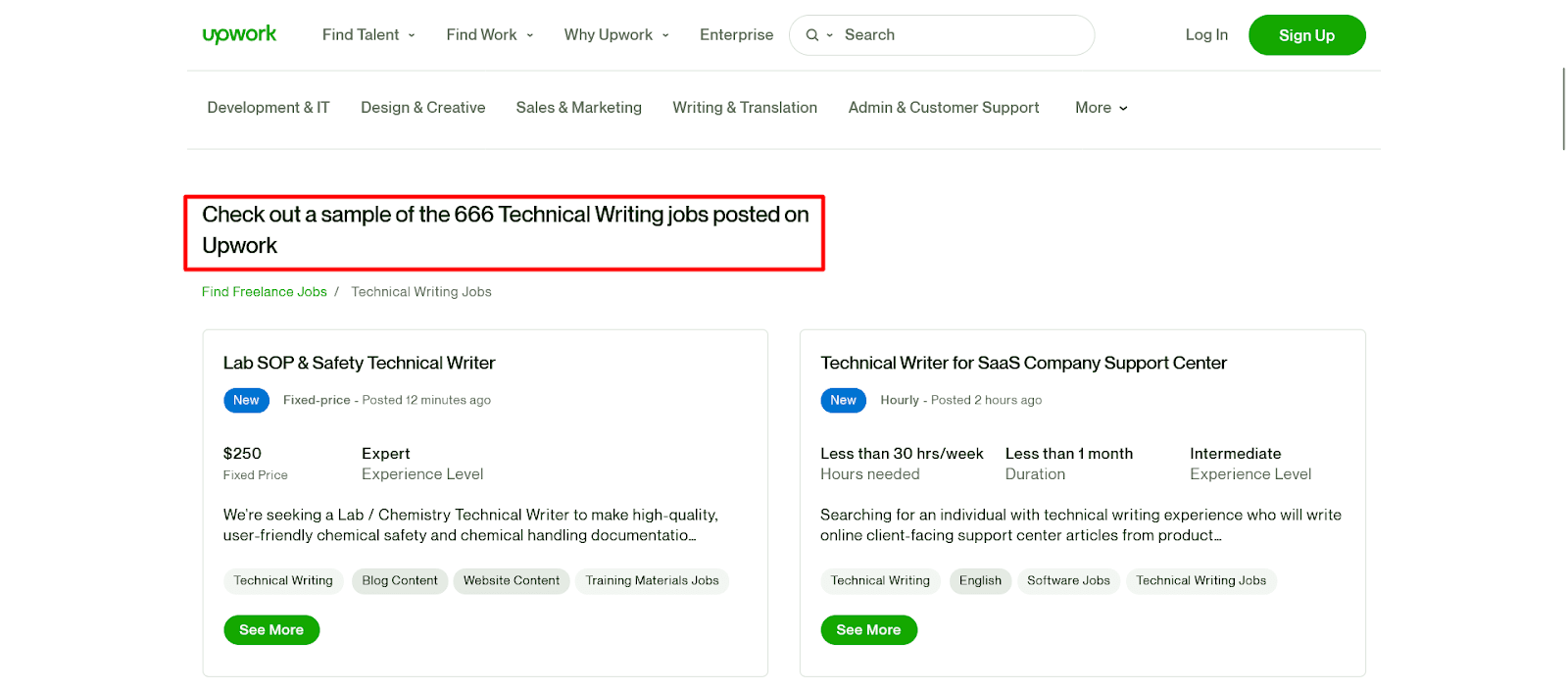
Source: Upwork
GitHub also has a list of paid community writer programs that offer payment per article and usually don’t require a lot of experience from writers.
Those programs can be a great start if you find it hard to land a job.
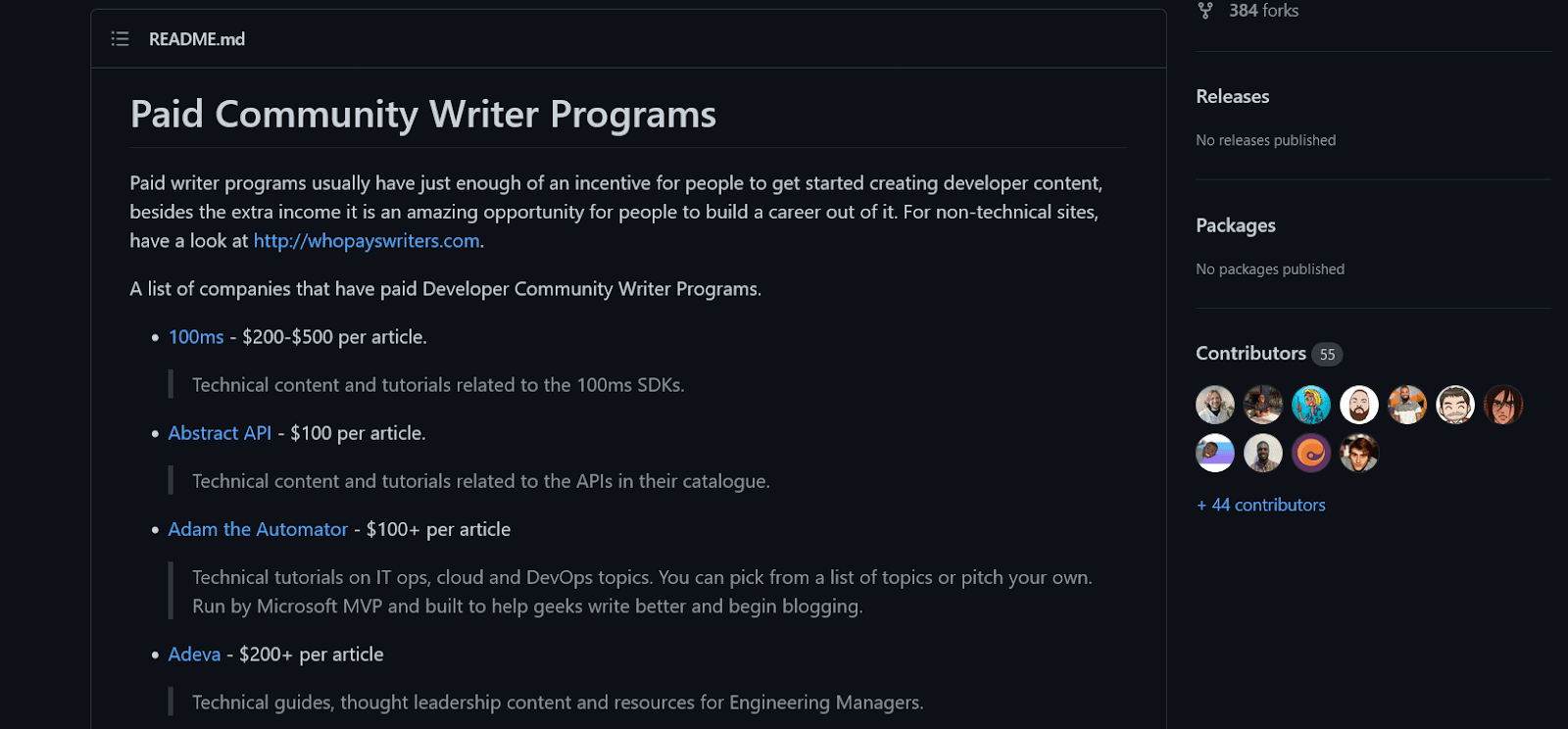
Source: GitHub
Of course, you should set up profiles at Glassdoor, Indeed, LinkedIn, and other big job marketplaces which offer many technical writing opportunities.
Applying for technical writing jobs should be easy after you have gone through all the preparation we discussed in this article.
For great technical writers, there are many opportunities out there.
Conclusion
If you choose to pursue a career in technical writing, you have your work cut out for you.
Becoming a great technical writer isn’t simple.
You should have a solid foundation of knowledge, consume a lot of technical content, constantly work on improving your skills, and build your portfolio and a professional network.
As a result, you should be able to apply to jobs confidently.
And that’s because if you don’t skip any step we described in this article, you can call yourself a great technical writer.
Try Archbee's full range of features with our free 14-day trial.
Frequently Asked Questions
A technical writer turns complex information into clear, usable content for specific audiences. Day to day, they research topics with subject matter experts, test products or features, plan information architecture, and create materials like user guides, API references, tutorials, release notes, FAQs, and in‑product microcopy. They apply style guides, choose visuals or diagrams, manage versions, and maintain docs as products evolve. Technical writers collaborate closely with engineering, product, design, and support to reduce confusion, speed up onboarding, and improve product adoption across industries such as software, cybersecurity, hardware, healthcare, and fintech.



